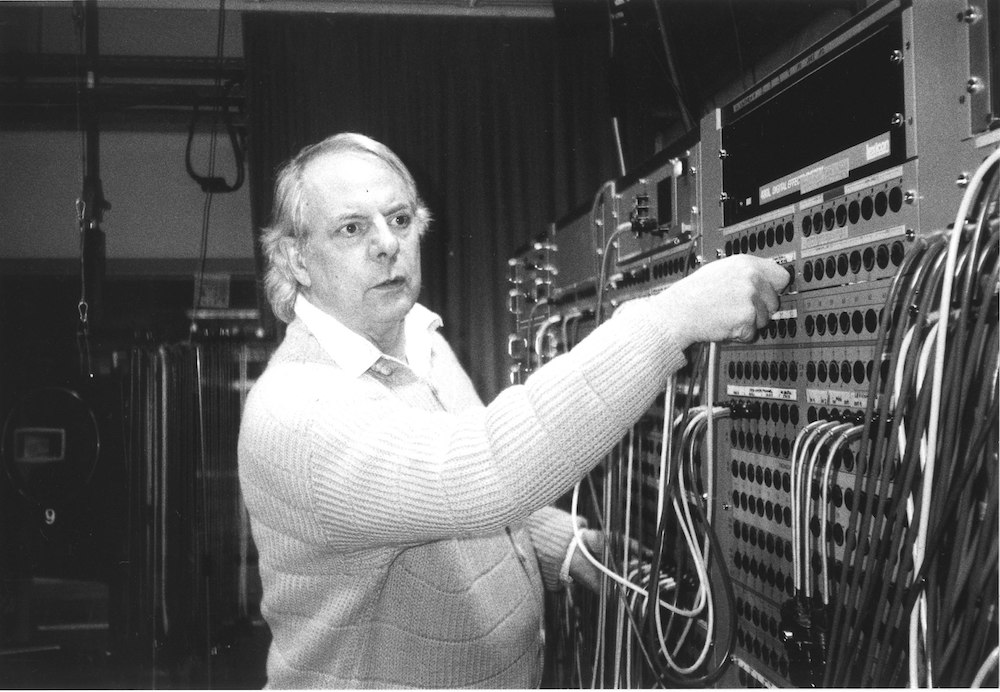This short film was a test for Edison's "Kinetophone" project, the first attempt in history to record sound and moving image in synchronization. This was an experiment by William Dickson to put sound and film together either in 1894 or 1895. Unfortunately, this experiment failed because they didn't understand synchronization of sound and film. The large cone on the left hand side of the frame is the "microphone" for the wax cylinder recorder (off-camera). The Library of Congress had the film. The wax cylinder soundtrack, however, was believed lost for many years. Tantalizingly, a broken cylinder labeled "Violin by WKL Dickson with Kineto" was catalogued in the 1964 inventory at the Edison National Historic Site. In 1998, Patrick Loughney, curator of Film and Television at the Library of Congress, retrieved the cylinder and had it repaired and re-recorded at the Rodgers and Hammerstein Archive of Recorded Sound, Lincoln Center, New York. Since the Library did not possess the necessary synchronizing technology, Loughney - at the suggestion of producer Rick Schmidlin - sent multi-Oscar winner Walter Murch a videotape of the 17 seconds of film and an audiocassette of 3 minutes and 20 seconds of sound with a request to marry the two. By digitizing the media and using digital editing software, Murch was able to synchronize them and complete the failed experiment 105 years later. This 35mm film was generously made available to the Internet Archive by Walter Murch and Sean Cullen.
OTHER TITLES
Title on donor inventory: Dickson violin
Variant title: Dancing men in the Black Maria
CREATED/PUBLISHED
[1895].
SUMMARY
Experimental sound film made for Edison's kinetophone -- a combination of the kinetoscope and phonograph -- but apparently never distributed. This LC copy is silent. Features two men dancing to a violinist.
Shows W. K. L. Dickson playing the violin before a large phonograph horn connected with an off-screen reader while two men dance together. Part of Dickson's sound-synchronization experiments.
NOTES
Copyright: no reg.
Performer: W.K.L. Dickson or Charles D'Almaine.
Camera, William Heise.
Duration: 0:21 at 30 fps.
LC also holds a copy of the synchronized sound version in the videodisc collection, More treasures from American film archives, 1894-1931.
Additional holdings for this title may be available. Contact reference librarian.
Filmed ca. September 1894 to April 2, 1895, in Edison's Black Maria studio in West Orange, N.J.
This film was selected for the National Film Registry.
Sources used: Copyright catalog, motion pictures, 1894-1912; Musser, C.
Edison motion pictures 1890-1900, 1997, p. 178.




